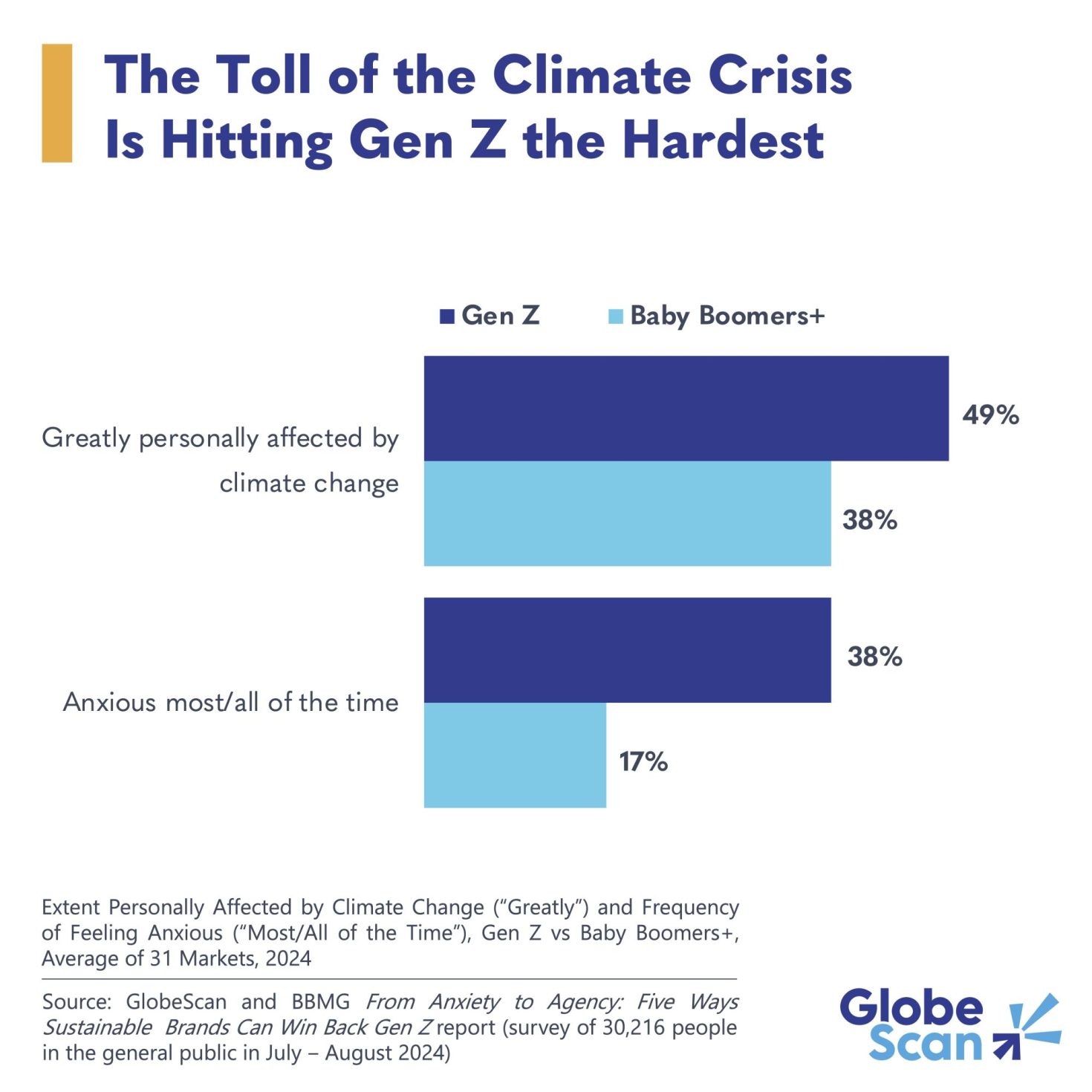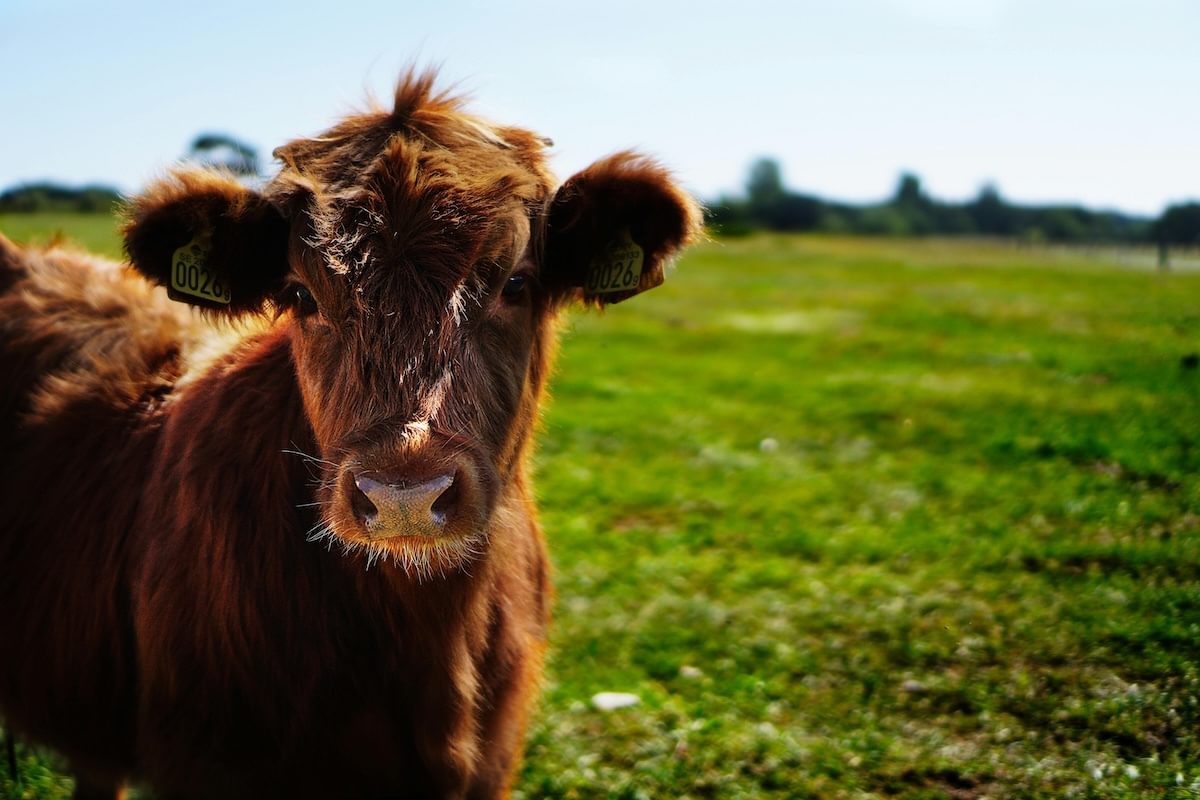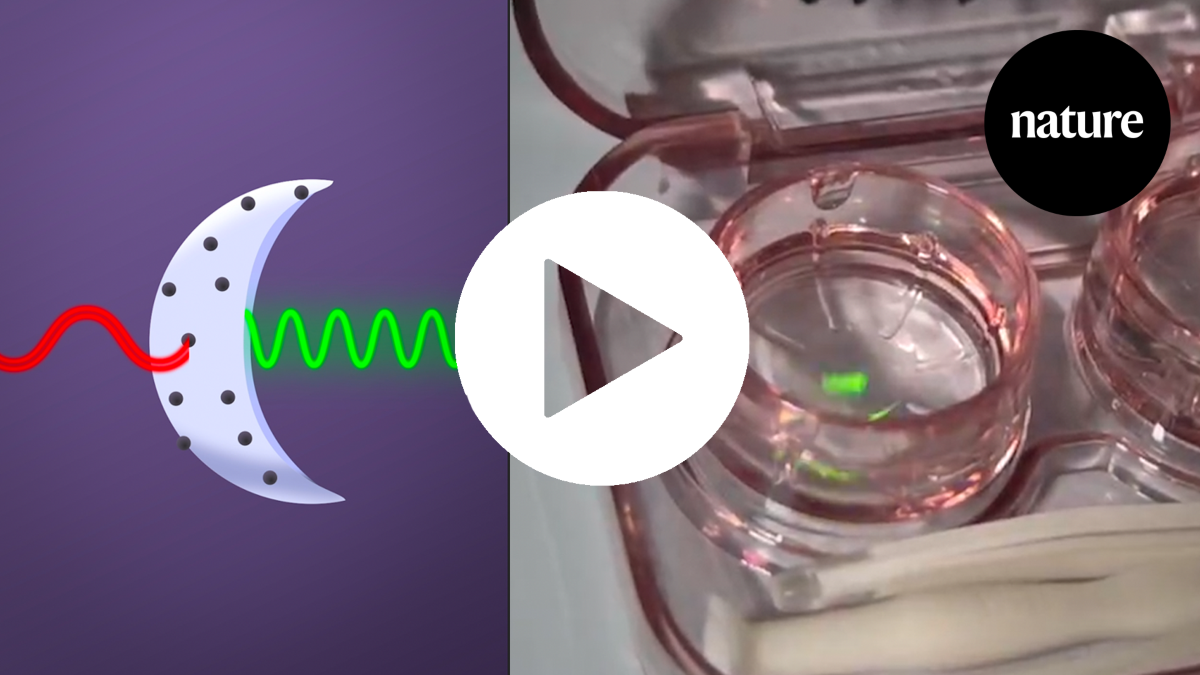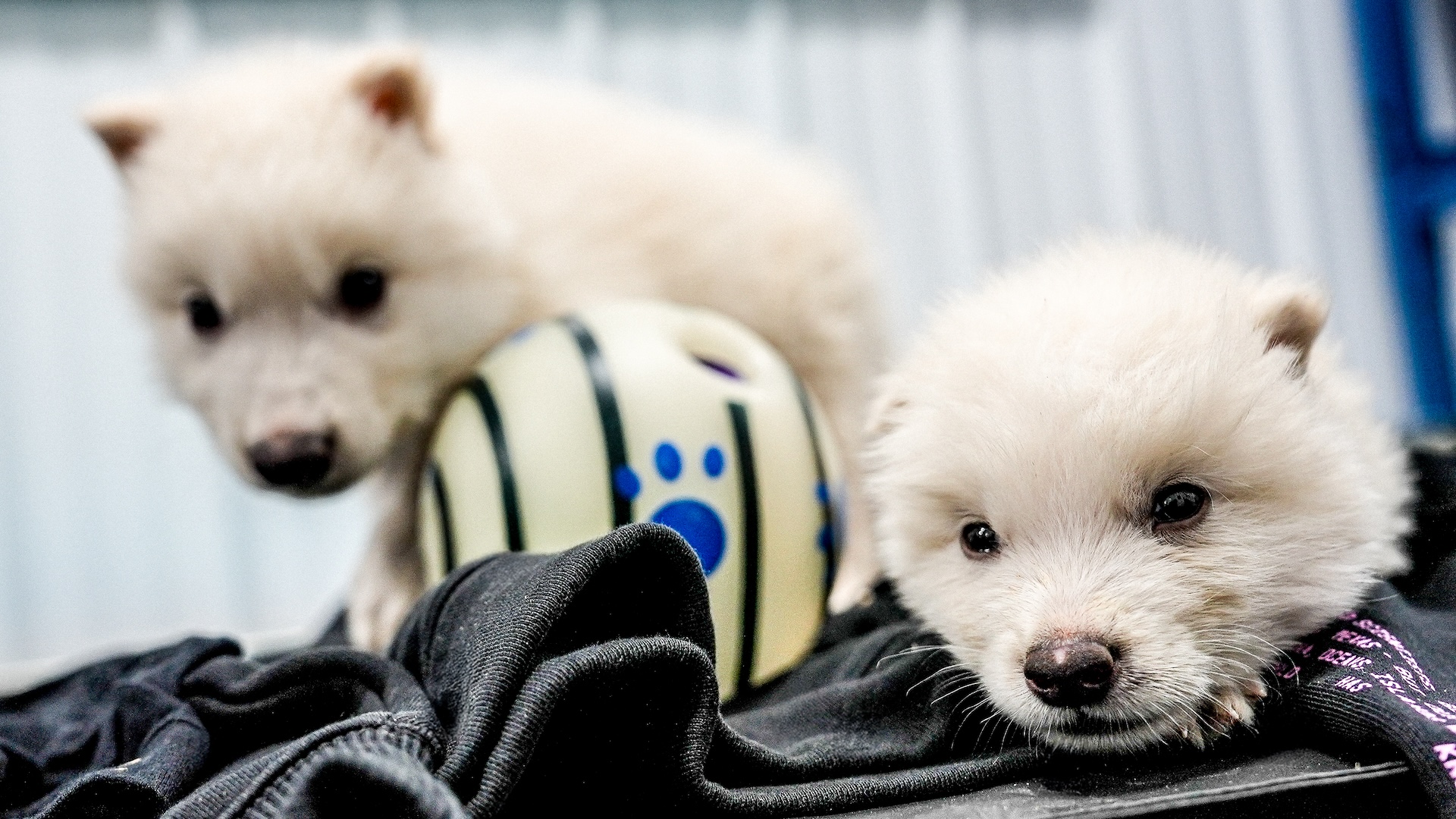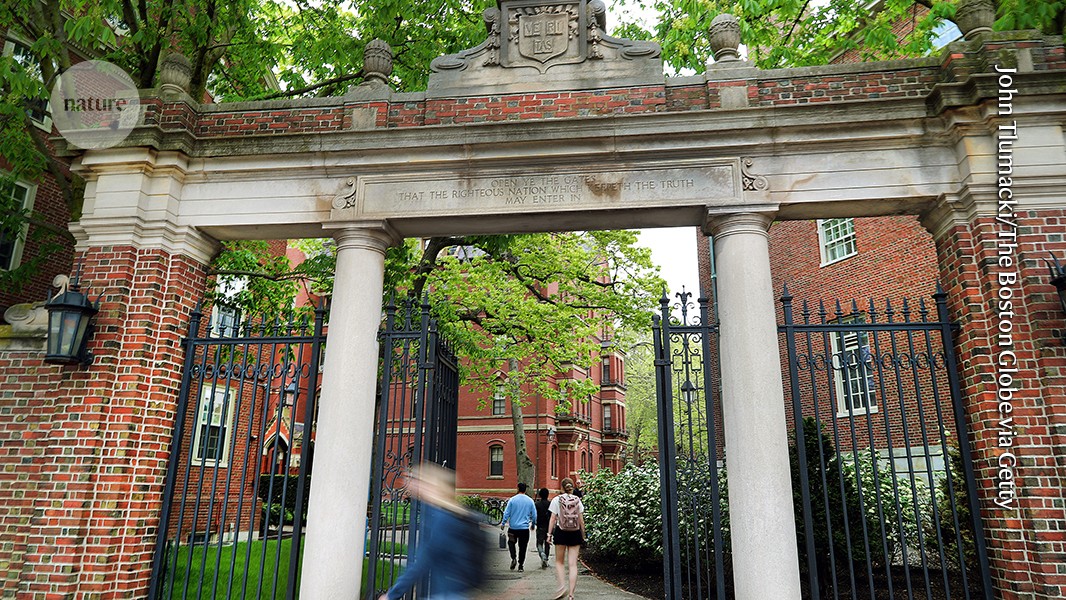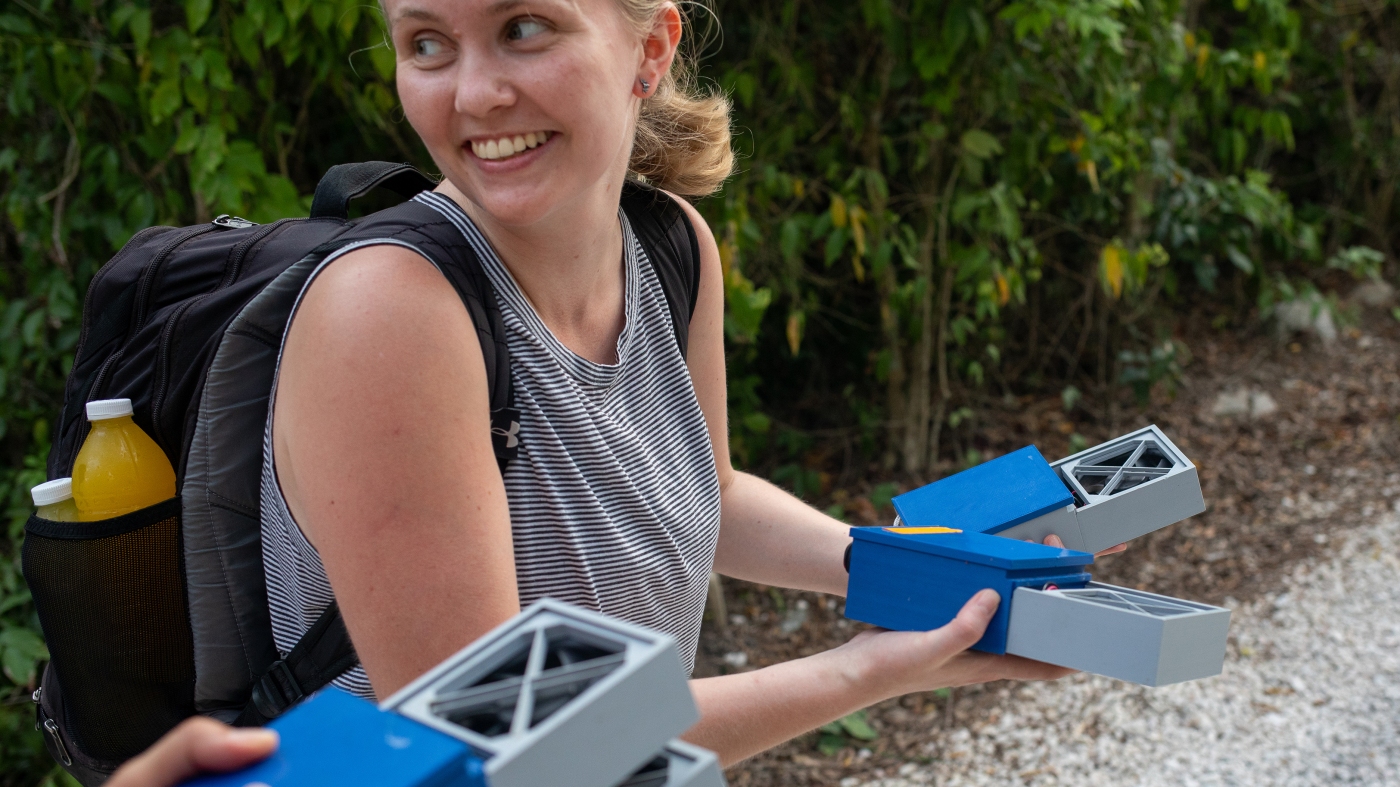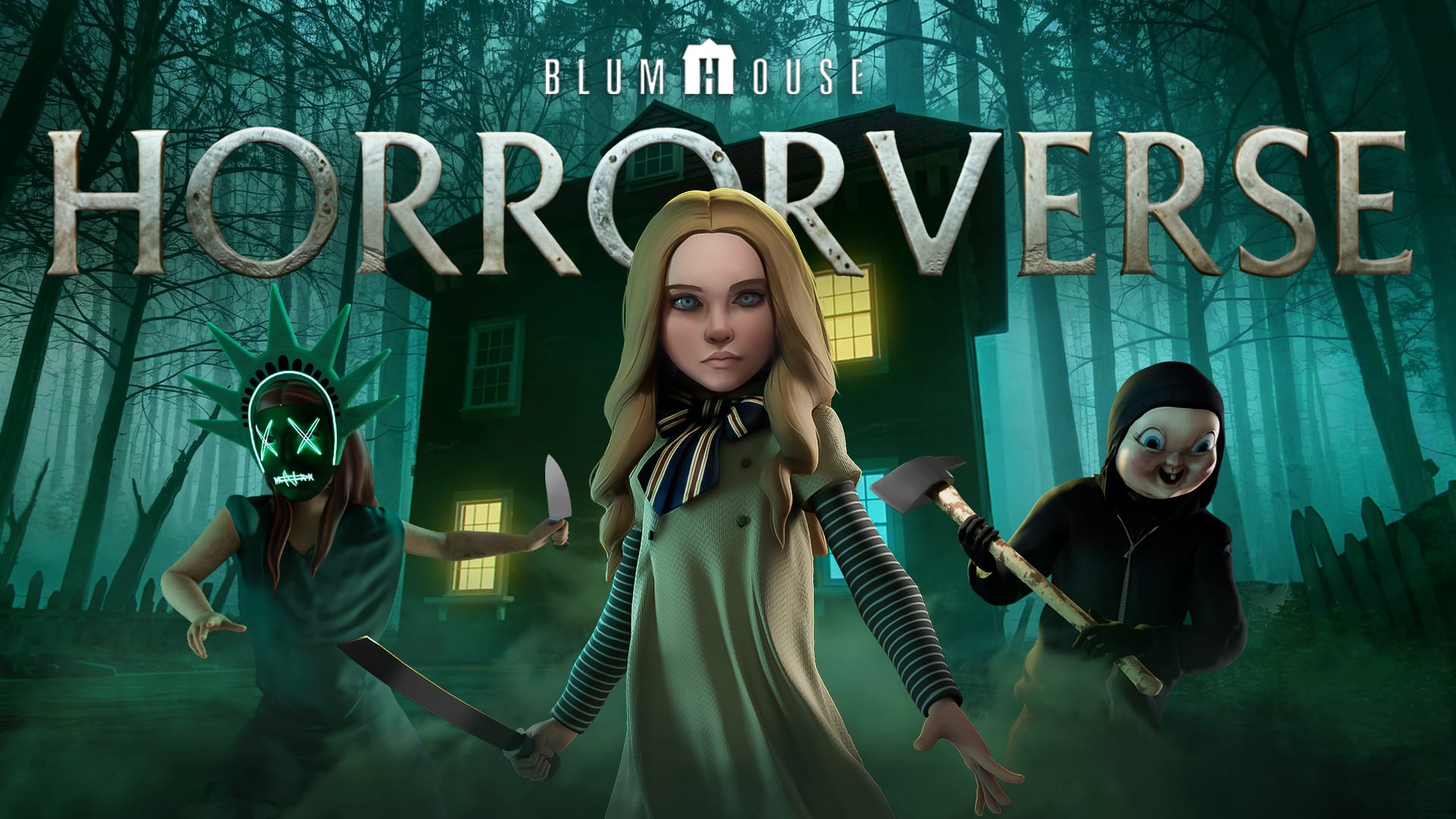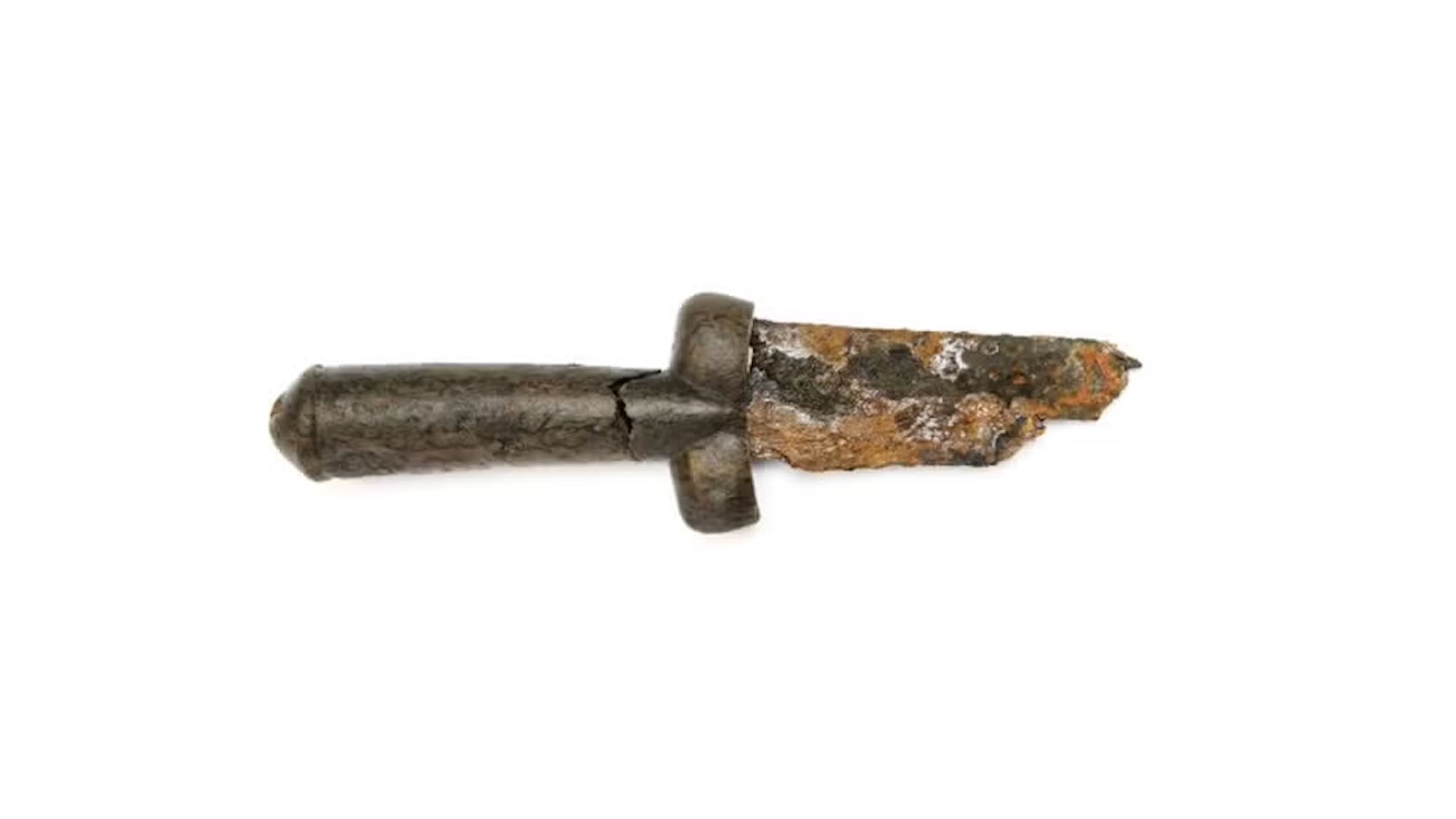Male hornbills are at their mates’ every beck and call
Jacksonville Zoo's female hornbill Bacall is nesting in luxury. Well, bird luxury. The post Male hornbills are at their mates’ every beck and call appeared first on Popular Science.

When a mother is pregnant, it’s normal—dare we say expected—for her partner to make sure she is taken care of. Hornbills, however, take these great expectations to a whole new level.
Hornbills are colorful birds with large beaks native to Africa and Southeast Asia. They usually mate for life, Emily Bridges, Senior Bird Care Specialist at the Jacksonville Zoo and Gardens, tells Popular Science, and have an incredibly unique nesting process.
Hornbill pairs start by identifying a tree cavity to their liking. They will then modify it by digging or adding material. It turns out they can be quite picky about what goes in their nests. At the Jacksonville Zoo, employees put pine shavings and tree bark in a tree cavity for hornbill mates named Humphrey and Bacall, “which they did not care for and threw most of it out,” Bridges admitted. “The preference for nesting materials varies from each pair and each species.”
Hornbills then start “walling,” or closing the tree cavity’s opening with materials such as soft fruit, feces, mud, and woodchips, and the female hornbill tucked inside. The birds leave a small opening in the seal through which the male can feed the female while she lays eggs and raises their chicks. Interestingly, females also poop out of the slit to keep the nest nice and clean. According to Bridges, hornbills are the only known bird species that nest in this way.
[ Related: Bittersweet fledge watch begins for bald eagles Sunny and Gizmo. ]
Bacall is currently sealed in, and you can check on her progress through a livecam. If her eggs hatch, she will care for the chick or chicks within the nest for somewhere between 111 to 137 days. After that nesting period, the adult birds will break the seal and continue raising their young together.
The pair (whose names are a call back to one of old Hollywood’s most prolific couples) became mates after Humphrey arrived at Jacksonville Zoo in January. The zoo staff undertook quite the matchmaking efforts. Initially, “we introduced Humphrey and Bacall through side-by-side enclosures so that they could see and hear each other,” says Bridges.
When the birds started demonstrating behaviors indicating that they liked each other, such as sitting next to each other for a long time, sharing food, and dual calling, “we introduced them together in a shared space under close monitoring at increasingly longer periods of time over a few weeks,” she adds. “We are lucky that these two seemed to be compatible quickly, as hornbills can take years to bond enough to want to nest together.”
Here’s to hoping Bacall and Humphrey soon become parents!
The post Male hornbills are at their mates’ every beck and call appeared first on Popular Science.














